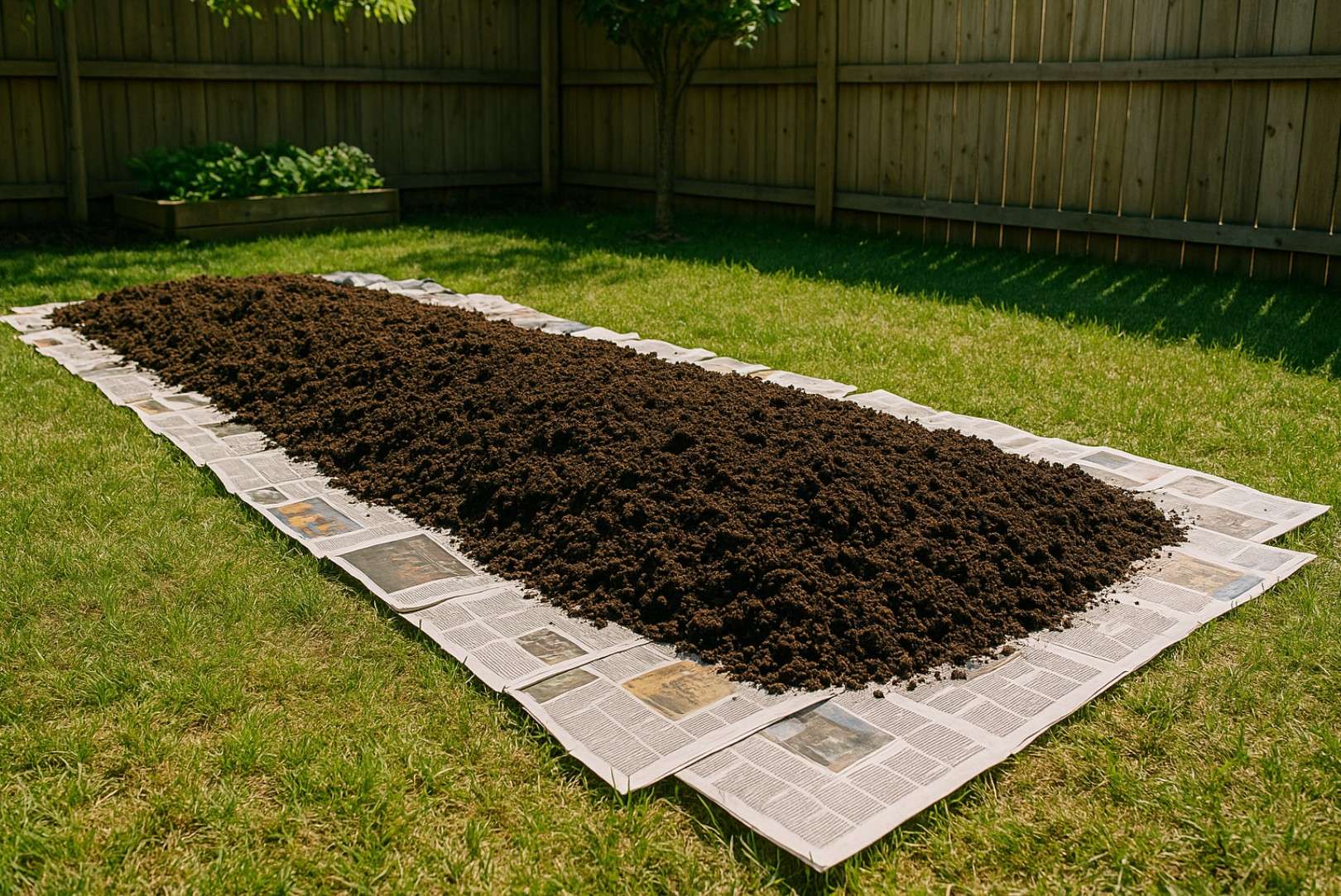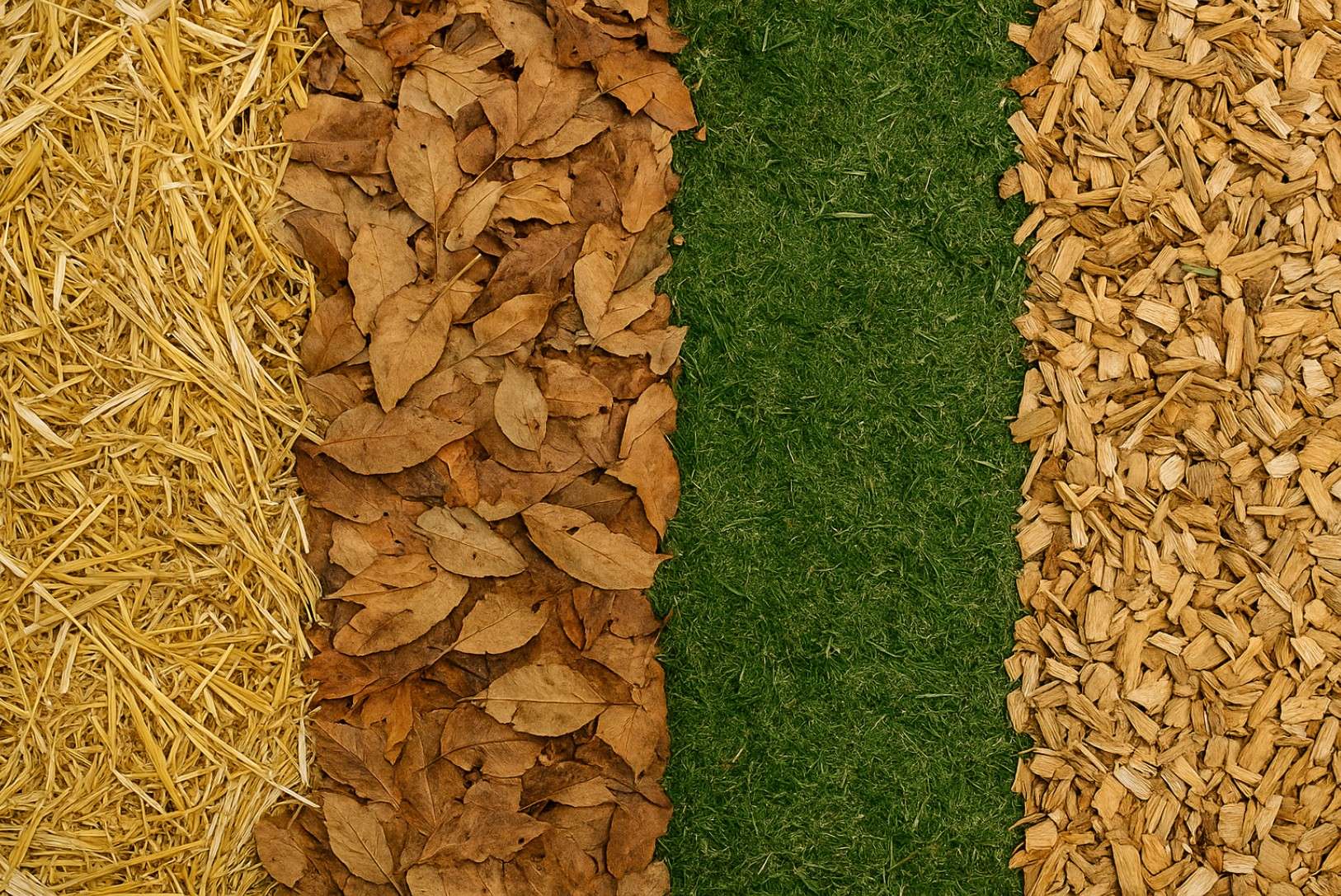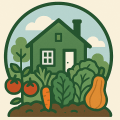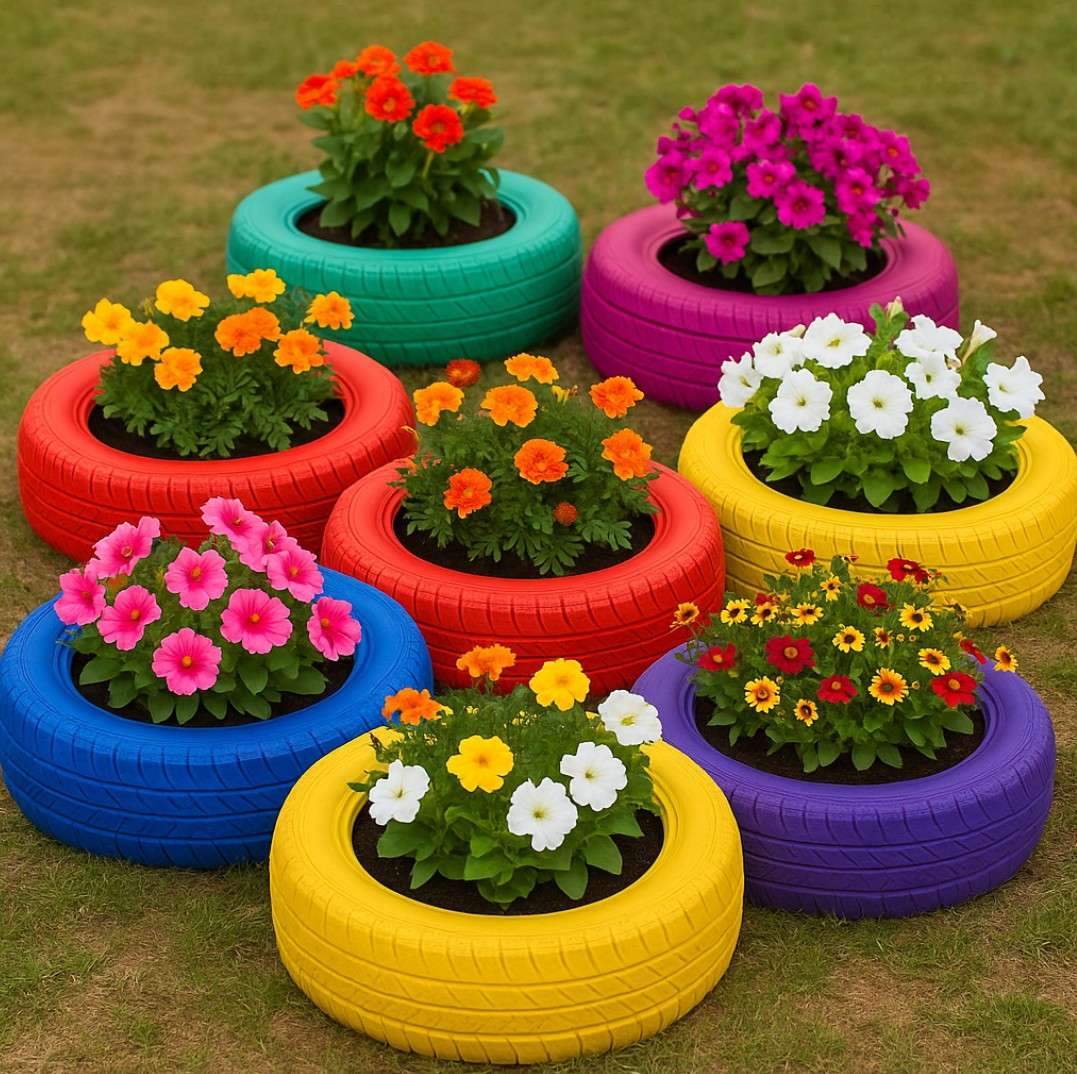No Till Gardening: How to Build a Healthier Garden Without Tilling
No till gardening is a soil-first gardening method that eliminates digging and tilling. It’s perfect for gardeners who want healthier soil, fewer weeds, and higher yields with less effort. In this guide, I’ll explain exactly what no till gardening is, how it works, and how to start one in your backyard.
🌱 What Is No Till Gardening?
No till gardening (also called no dig gardening) is the practice of growing plants without disturbing the soil. Instead of breaking the ground with a rototiller or shovel, gardeners build layers of compost and mulch on top of the soil, mimicking the way nature creates fertile ecosystems.
This method preserves the natural structure of the soil, improves biodiversity, and leads to long-term soil fertility. It’s become especially popular among suburban gardeners because it reduces work while boosting plant health.
[IMAGE_PROMPT: “A suburban backyard showing a no till garden with layered mulch, compost, and thriving vegetable plants.”]
When I switched to no till gardening in my own yard, I noticed a massive improvement in how my tomatoes and leafy greens performed. They were bigger, healthier, and required less watering.

💡 Why Choose No Till Gardening?
- Less Work: No digging or tilling needed after the first setup.
- Healthier Soil: Encourages natural soil structure and microbial life.
- Water Retention: Thick mulch layers keep moisture in the soil.
- Fewer Weeds: Mulch and layering naturally suppress weeds.
- Eco-Friendly: Reduces soil erosion and carbon release.
According to the Rodale Institute, no till practices are key to organic gardening and long-term soil regeneration.
🛠️ How to Start a No Till Garden
Step 1: Pick Your Spot
Choose a sunny location that gets at least 6 hours of sun per day. A flat area with good drainage is ideal for your no till garden bed.
Step 2: Suppress Existing Vegetation
Lay down cardboard or newspaper to smother grass and weeds. Wet the paper to keep it in place and encourage decomposition.

Step 3: Add Organic Matter
Layer compost, aged manure, leaves, and mulch directly on top. Your total bed height should be at least 6–12 inches. Let nature break it down.
Step 4: Plant Directly Into the Top Layer
Transplant seedlings or sow seeds into the upper compost layer. Mulch around them, keeping it away from the stems to prevent rot.
Step 5: Maintain and Add More Layers
Each season, top up your bed with more compost and mulch. This will build soil naturally, improving over time.
🌿 Mulching in No Till Gardening
Mulch is your best friend in a no till garden. It retains moisture, feeds soil microbes, and keeps weeds at bay.
- Straw: Ideal for vegetables and pathways (avoid hay—it has weed seeds).
- Shredded Leaves: Great for fall applications. Breaks down over winter.
- Wood Chips: Use for perennials or as a top layer on pathways.
- Grass Clippings: High in nitrogen but apply thinly to avoid clumping.

I personally prefer straw in my strawberry beds—it keeps the fruit clean and reduces slug pressure.
🌻 Best Crops for No Till Gardens
Almost any plant can thrive in a no till gardening setup, but here are some top choices:
- Tomatoes: Thrive in deep compost layers.
- Leafy Greens: Like lettuce, spinach, and kale benefit from soft, rich soil.
- Root Vegetables: Carrots and beets do well in loosened organic matter.
- Strawberries: Mulch-heavy systems protect the fruit and support shallow roots.
- Beans & Peas: Fix nitrogen into the soil and are easy to grow in no dig beds.
📅 Seasonal Maintenance Tips
Spring:
Build new beds, plant cool-season crops, and start your compost layering process.
Summer:
Maintain mulch, water deeply, and harvest regularly.
Fall:
Add shredded leaves and compost. Plant garlic and cover crops to enrich the soil.
Winter:
Let your garden rest under mulch. Cold composting continues beneath the surface.
Want to learn how to use cover crops for winter soil health? I’ve got a full beginner’s guide.
🔧 Tools for No Till Gardening
- Broadfork: Gently aerates soil without turning it.
- Compost Spreader: Speeds up top-layer application.
- Wheelbarrow: For hauling mulch and compost.
- Garden Rake: Levels your layers and spreads material.
Check out my Garden Tool Reviews page for top-rated no till tools.
🧠 Common No Till Gardening Questions
Does it really work in small suburban plots?
Absolutely. My old yard was only 1/8 of an acre, and I grew plenty of food using no till gardening principles.
What if I already rototilled?
Stop tilling now and start layering compost and mulch. Soil structure will begin healing within one season.
Is it okay to compost directly into the bed?
Yes! This is called trench composting. Bury kitchen scraps under mulch and let worms break it down naturally.
📌 Final Thoughts on No Till Gardening
No till gardening isn’t just about growing food—it’s about rebuilding the soil and working with nature, not against it. Whether you’re brand new or switching from traditional methods, it’s one of the most effective and rewarding techniques for suburban gardeners.
Ready to dive deeper into backyard growing? Check out these posts next:
Let your garden grow wild—one layer at a time. 🌿


